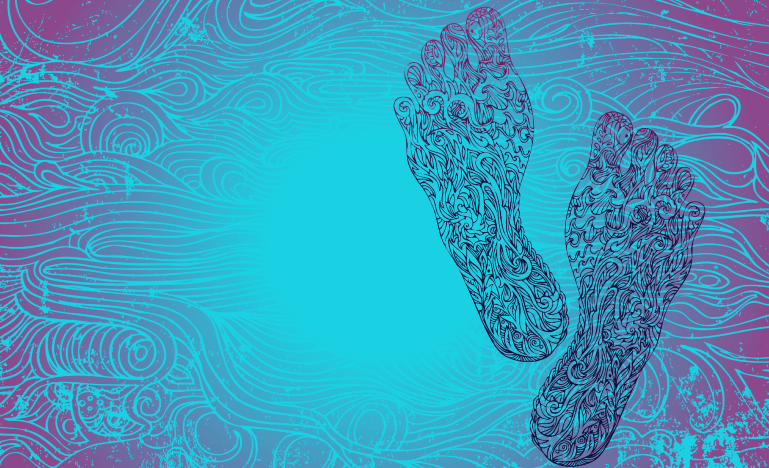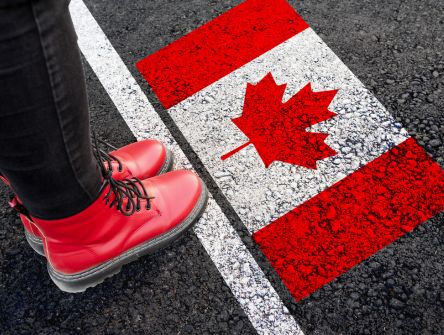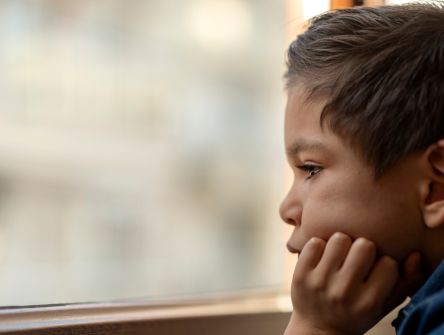Make Pathways for Indigenous inmates more accessible
The CBA's Criminal Justice Section offers suggestions on Pathways initiatives.

The Criminal Justice Section of the CBA, in a letter to Correctional Service Canada, provides feedback and suggestions on Pathways initiatives.
Pathways initiatives are healing programs conducted by Elders and based on the Indigenous Medicine Wheel. They are used to prepare inmates for transition towards lower security institutions and conditional release, and for the continuation of their healing journey in the community. In order to participate, inmates must be committed to a traditional way of life and they must show a genuine desire and motivation to improve themselves emotionally, spiritually, mentally and physically.
The CBA Section is generally supportive of an expansive application of those initiatives and encourages CSC “to consult widely with Indigenous inmate committees in prisons and with Indigenous service providers working with people in prison, and take direction from them, in accordance with Indigenous Peoples’ right to self-determination.”
Among its detailed recommendations, the letter says policy should clearly outline who is responsible for recording Pathways progress in casework records, and ensuring Elder reviews are included in the Offender Management System. “Ensuring that work with Elders is reflected in case management documents is an ongoing complaint of Indigenous clients of the CBA Section.” This work should be done by Indigenous staff.
The Section believes Pathways should not be limited to the most committed offenders. It should be open to anyone who would benefit from it. The purpose of those initiatives is to help with reintegration into the community, which contributes to reducing the disproportionate numbers of Indigenous people in prison. Limiting the number of participants undermines that goal. “The answer to high demand is to increase capacity,” the letter says. The solution is to “hire more Elders and other Indigenous staff, or contract with community based Indigenous organizations to provide in-reach services.”
To ensure participants are treated with respect, the letter suggests that the Pathways handbook not use the term “offenders” to describe Indigenous people in prison. “‘Offenders’ identifies them at their worst and does not allow them to move past their offence as a person,” the Section writes. “This is especially important for a unit that is intended to offer culturally appropriate healing.”
As well, the Section asks why every participant is obligated to engage in every planned Pathways activity and ceremony. “There are over 600 distinct Indigenous Nations across Canada with different cultural practices, beliefs and ceremonies. People should be free to decline to participate in ceremonies, especially those that do not align with their Nation’s beliefs or practices.”


